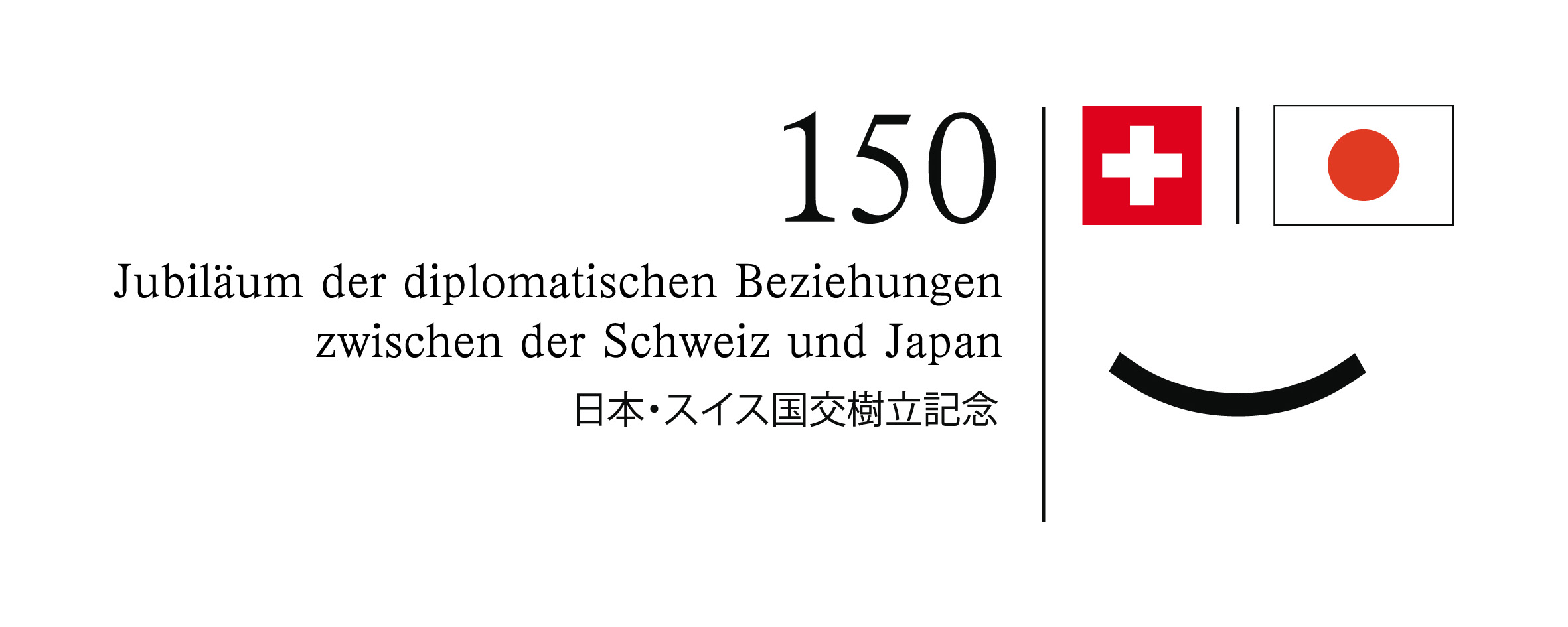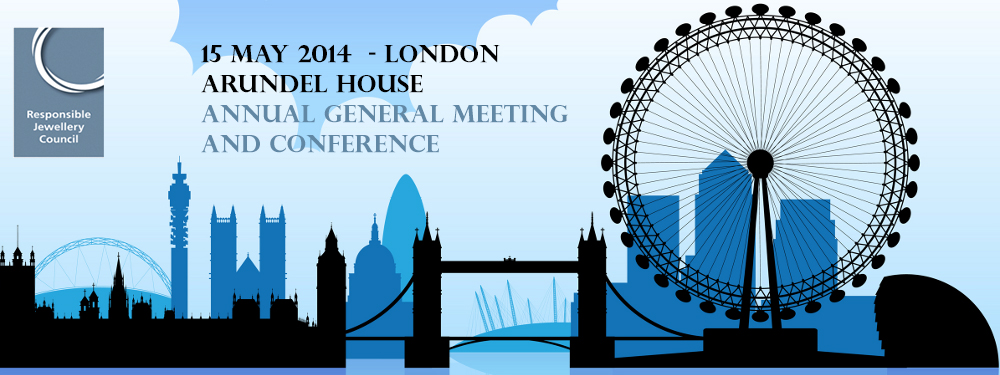Helsinki, 12 September 2014
 A delegation from Standard & Poor’s began on Wednesday its three-day round of assessments in Finland in an attempt to determine whether or not the country should retain the highest, triple-A credit rating. This year, Standard & Poor’s downgraded Finland to seventh on its list of sovereign states by credit rating, after ranking the country third behind Norway and Sweden throughout 2013.
A delegation from Standard & Poor’s began on Wednesday its three-day round of assessments in Finland in an attempt to determine whether or not the country should retain the highest, triple-A credit rating. This year, Standard & Poor’s downgraded Finland to seventh on its list of sovereign states by credit rating, after ranking the country third behind Norway and Sweden throughout 2013.
Basically credit rating agencies monitor the development of national debts and assess the ability of national economies to fulfil their financial obligations. Lauri Kajanoja, a principal adviser at the Bank of Finland, reveals that credit rating agencies are interested in the independent assessments of their interviewees of economic developments in Finland and abroad. He said that the focus will vary.
The credit rating agencies are interested in the political situation and the decision-making capacity of the Government. Usually, credit rating agencies have also drafted their own economic forecasts on the basis of key trends and ask the interviewees to comment on their main assumptions. In the short term, the agencies are interested in fluctuations in demand, the behaviour of households, the outlook for export industries and public demand. Meanwhile, the major political talking points in Finland – such as the proposed raise in the retirement age, reduction in municipal responsibilities and cuts in social and health services – may prompt very detailed questions.
After the agency has developed a general understanding of economic developments and the prevalent political situation, the assessment will move on to the structural policy reforms of the Government and the state of the public economy and fiscal policy. In addition, credit rating agencies ask how the regulatory environment has been streamlined to promote competition and whether or not the industrial or innovation policy has been revised. The stability of the financial system, in turn, is always of interest to credit rating agencies due to the high costs associated with the collapse of a bank. RLU










